Vandercook Hall
Introduction
Text-to-speech Audio
User Note: Follow the sidewalk from the previous entry to this building. Feel free to walk further down the sidewalk to see the other side of the building or explore around it.
The first men’s dormitory that was built on Western’s campus was Vandercook Hall, which was named after the “father of Western” Henry B. Vandercook. The building was constructed as part of the Public Works Administration and accommodated up to 215 residents. Each floor featured bathrooms and communal kitchenettes, as well as a barbershop, auditorium, and lounges on the main floor. Vandercook Hall served as a dormitory until the early 1990s when more residence halls were built on the west campus. In 1991, the building was remodeled for use by fraternities, such as Chi Omega, and other offices.
See below for more information
Images
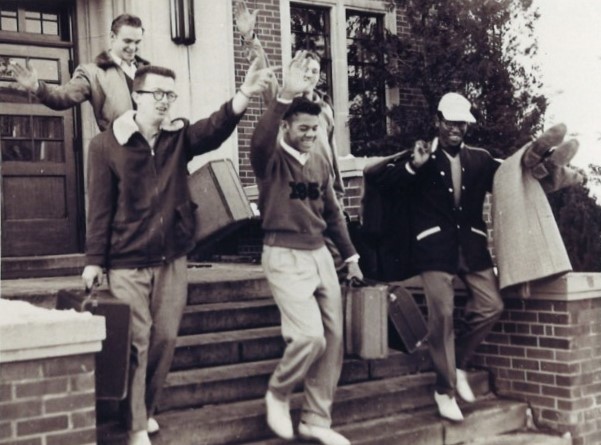
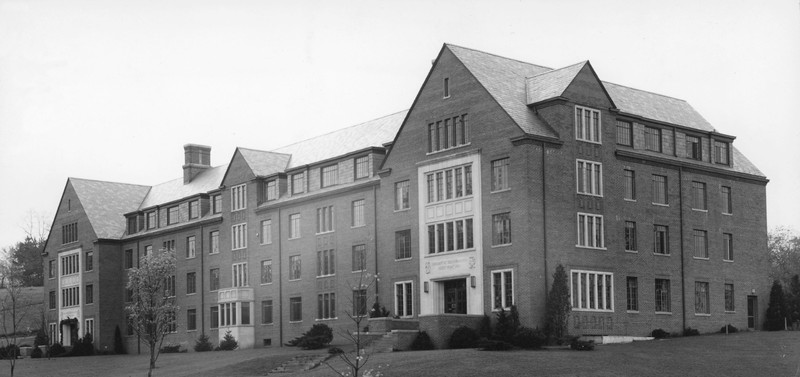
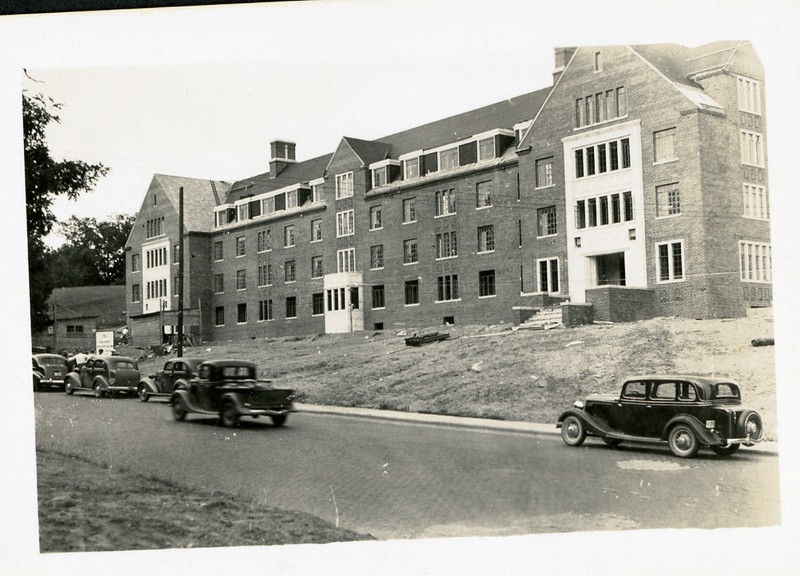
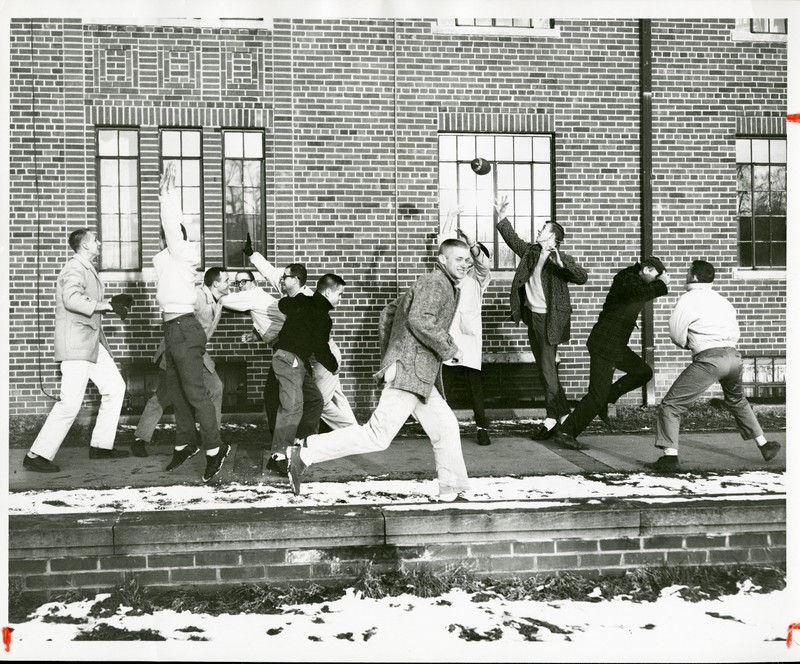
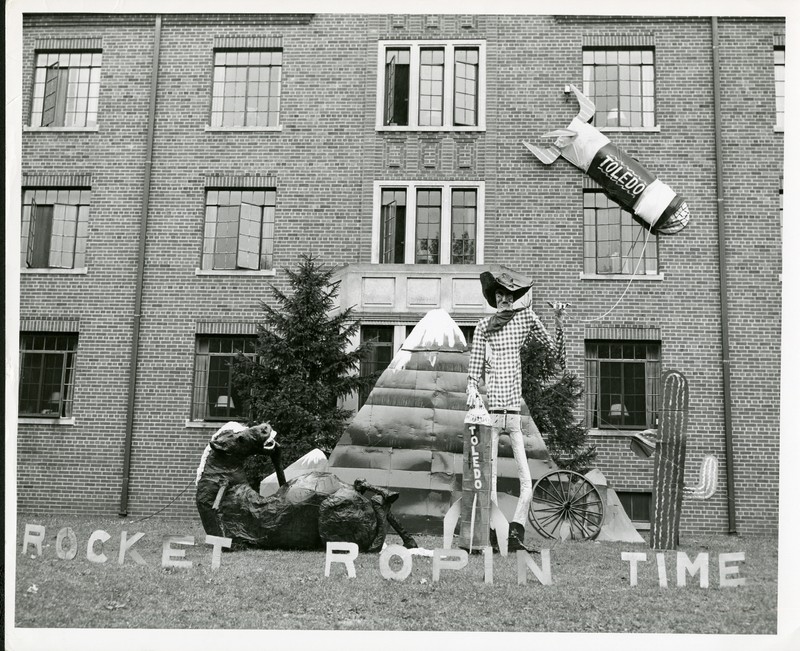
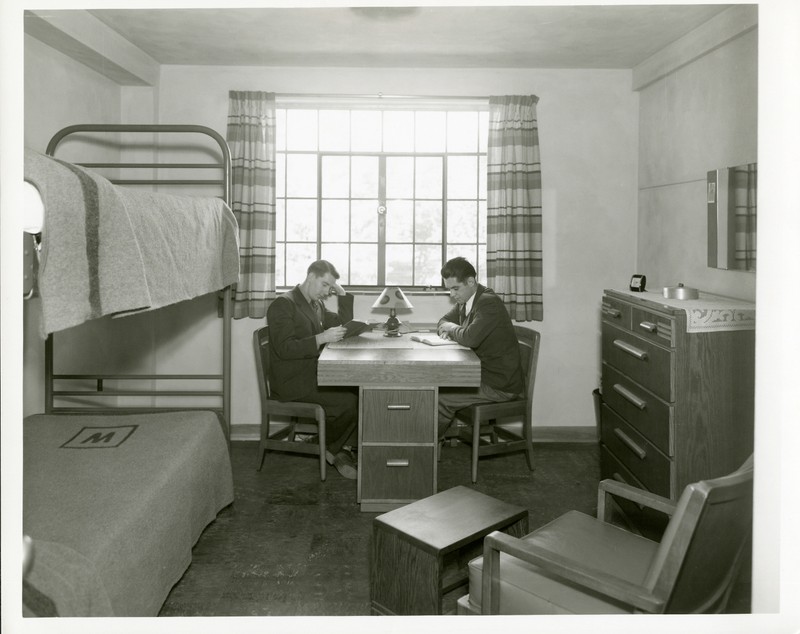
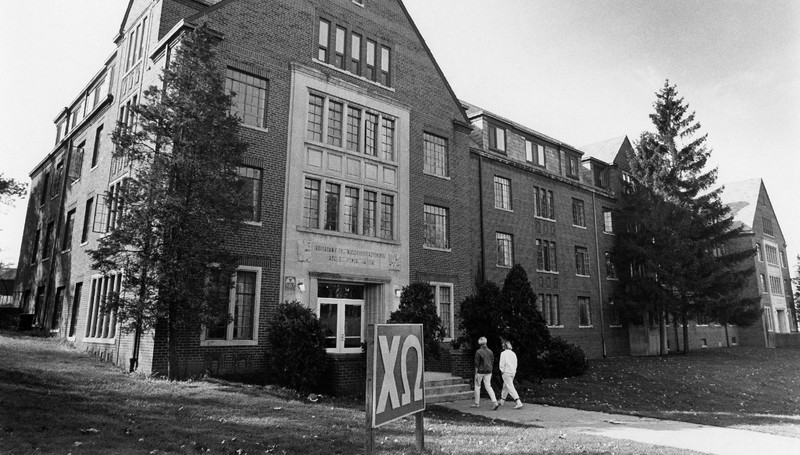
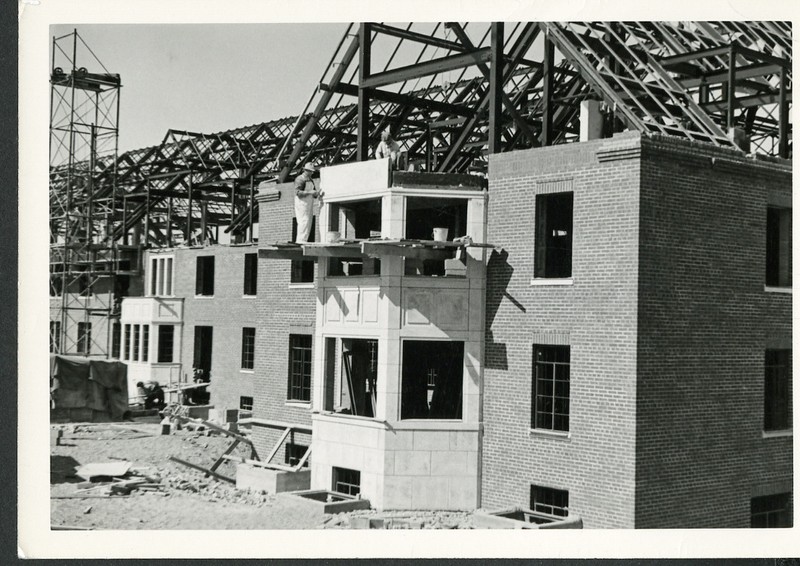
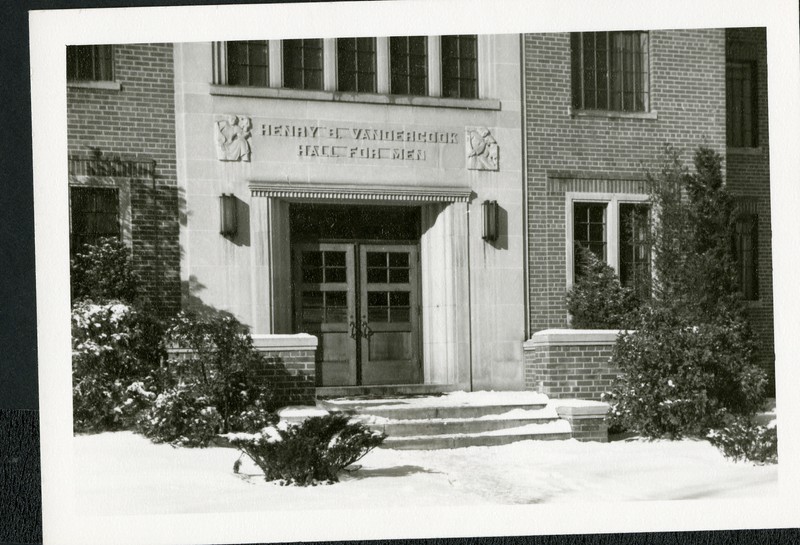
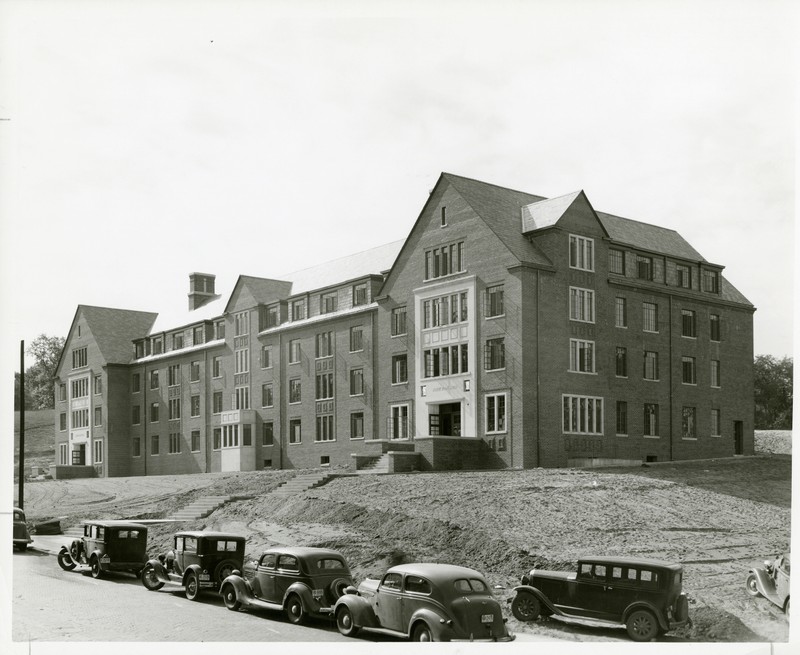
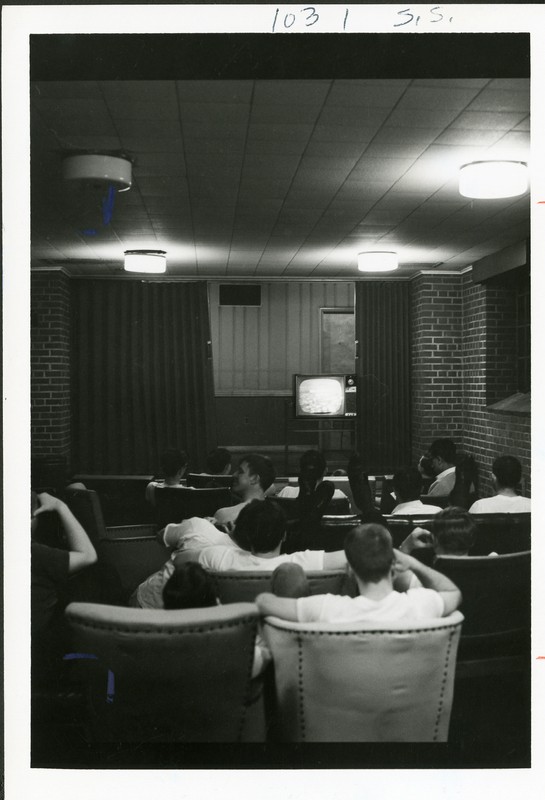
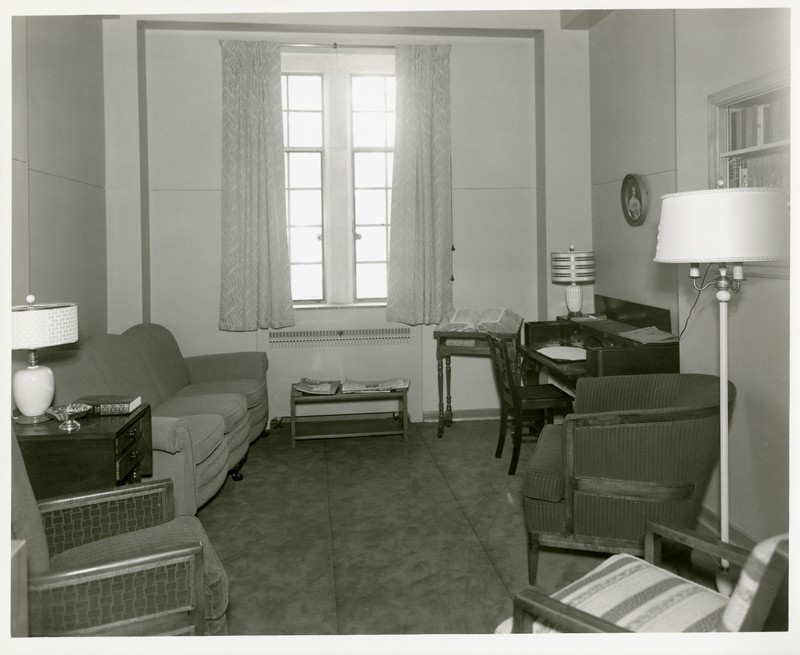
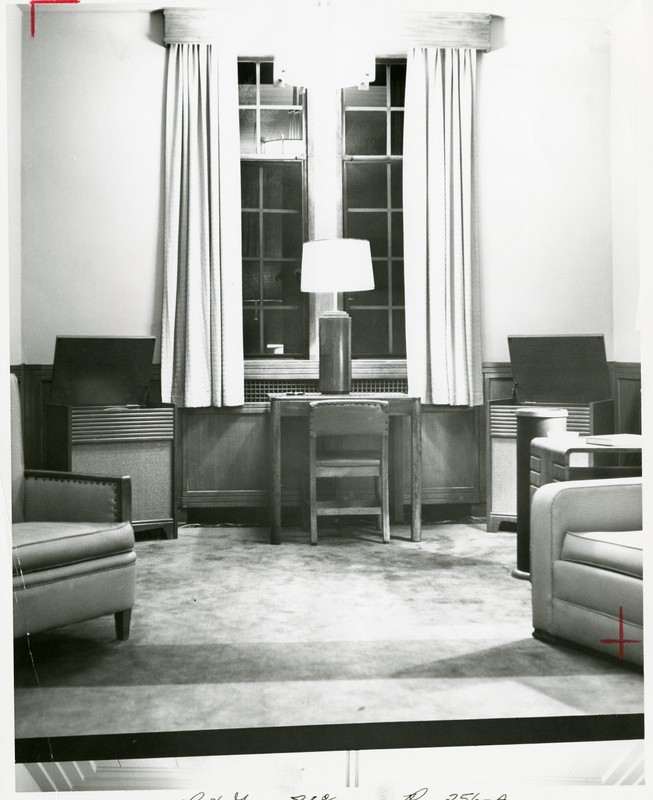
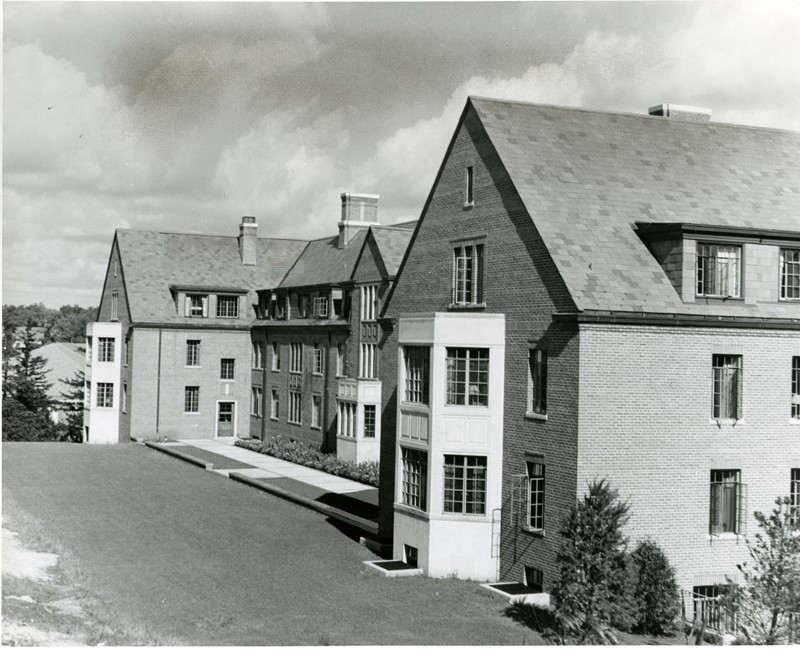
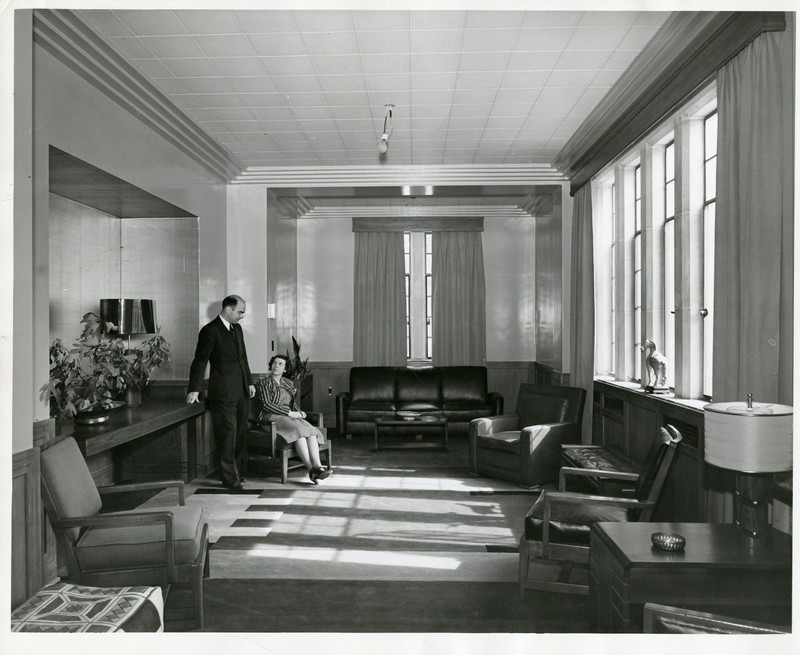
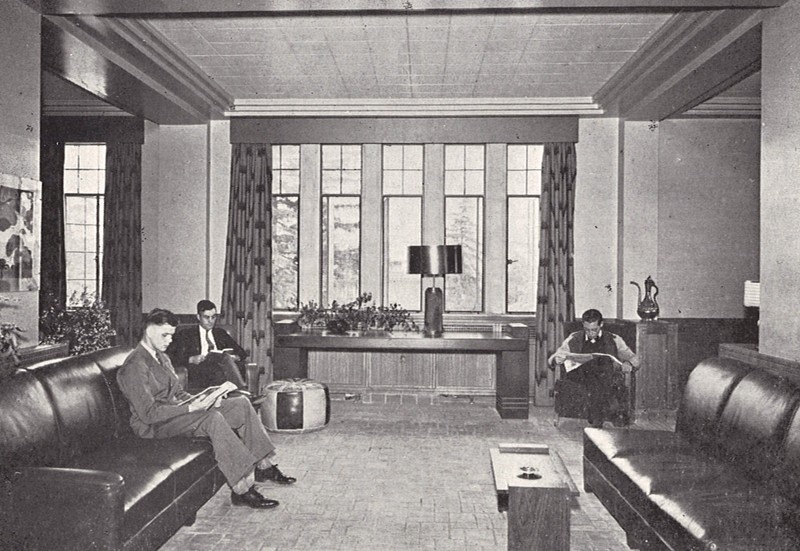
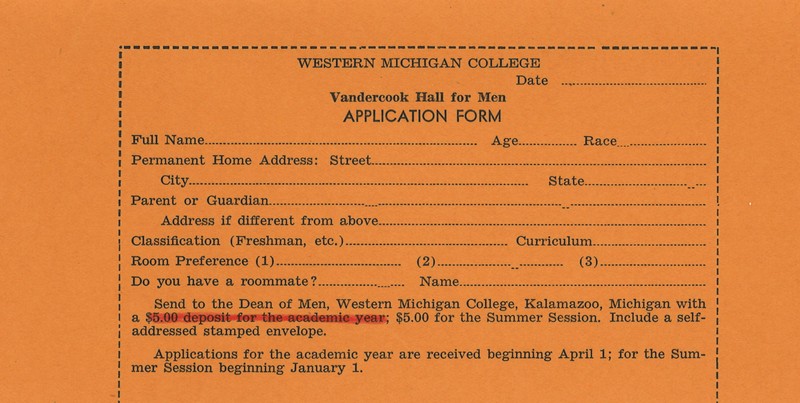
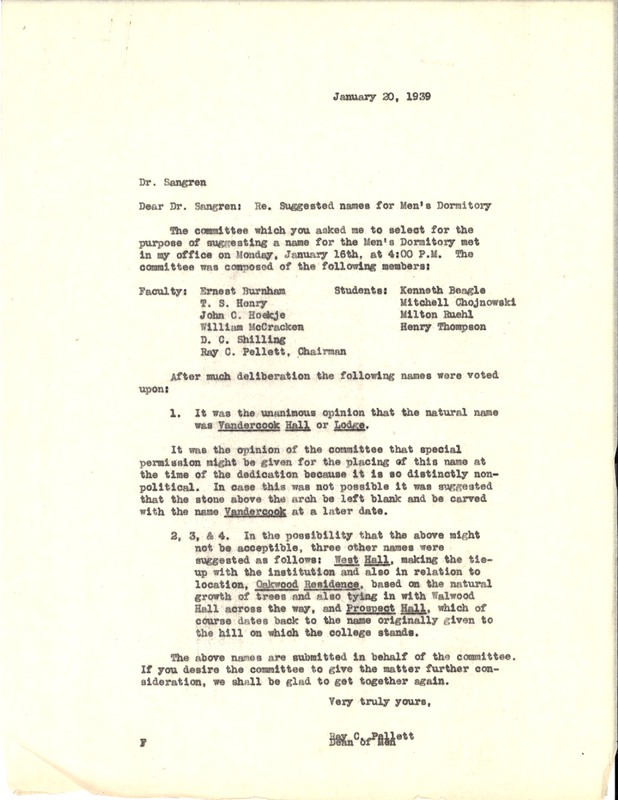
Backstory and Context
Text-to-speech Audio
Shortly after the construction of the first dormitory for women in 1938, plans were put in place to construct a residence hall for men. The contract was awarded to Malcomson, Calder, and Hammond Incorporated, and the building was completed in 1939 with funds from the federal government as part of the Public Works Administration.
The name Vandercook Hall was chosen by a faculty committee under President Paul Sangren to honor Henry B. Vandercook and his contributions to the college, which can be seen in the attached image. The brick exterior of the building is inspired by the Tudor architectural style and features contrasting masonry around the main entrances.
The main floor included a barbershop, small auditorium, recreation rooms, coffee and sandwich bar, pressing rooms, counselor services, and various lounging areas scattered throughout. The top three floors of the building were designated for residential use and featured lounges, bathrooms, and communal kitchenettes. The residents’ rooms included a furnished bed, a desk, an armchair, and other furnishings to make the space more comfortable.
When the dormitory first opened, students paid $50 for each semester, which totaled about 18 weeks, for a room or $135 for each semester for both room and board. While most of the rooms were designed for two residents, there was a shortage of space after World War II which resulted in three men being housed in the same room.
Due to the new residence halls being constructed on the expanding West Campus, Vandercook was remodeled in 1991 to be used by fraternities, such as Chi Omega, and other offices. These organizations did not remain in the building for long and soon the building was closed, which is how it still sits today.
Sources
Weir, Lynne B., York, MaryGrace, “Western State Normal School Historic District,” National Register of Historic Place Registration Form (Washington, DC: U.S. Department of the Interior, National Park Service, 1989)
Massie, Larry B. Brown and Golden Memories: Western Michigan University's First Century. Kalamazoo, MI: Western Michigan University, 2003.
Pellett, Ray C. “Men's Dormitory Rooms,” 1939.
Pellett, Ray C. Letter to Dr. Paul V. Sangren. “Suggested Name for Men's Dormitory.” Kalamazoo, MI: Western State Teachers College, January 20, 1939.
Knauss, James O. The First Fifty Years: A History of Western Michigan College of Education, 1903-1953. Kalamazoo, MI: Western Michigan College of Education, 1953.
Henry B. Vandercook Hall for Men. Kalamazoo, MI: Michigan College of Education, 1942.
Henry B. Vandercook Hall for Men. Kalamazoo, MI: Michigan College of Education, 1946.
Carlson, Sharon; Glatz, Jason, WMU Facilities Management. “WMU Campus History” [storymap], https://campus-history.library.wmich.edu/index.html. (Accessed February 17, 2022)
